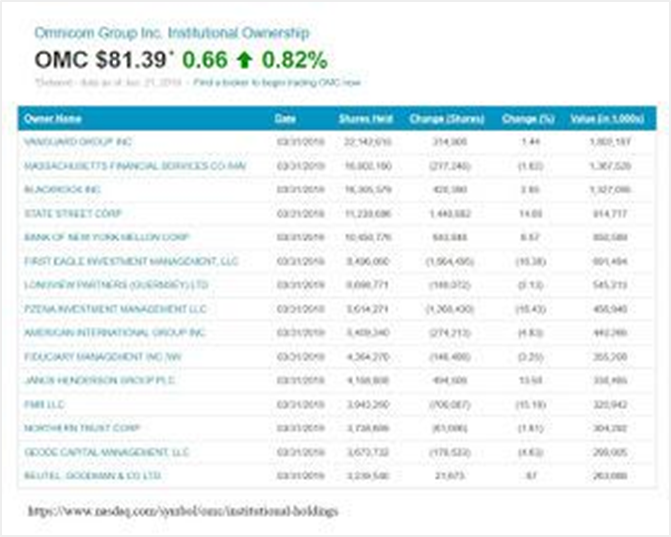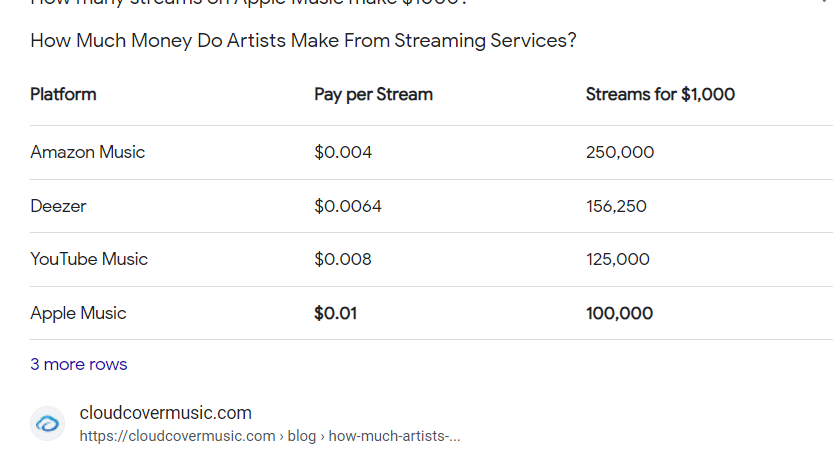.
Can Facebook, Instagram, Twitter, all of the cars on the train survive the crash?
Disruptive Innovation and Social Media, a Signature Presentation
Paradigms are meant to be replaced. The
phenomenon known as "social media" may or may not be considered a
paradigm in the strict sense of the word but it has made a major mark not just
on the internet but on culture itself.
Within the confines of the social media
universe, trends rise, and fall depending on the demands made by consumers and
demands developed by industry. Pressure from both of those demands creates an
atmosphere where progress, often times radical, replaces inertia. That pressure
in radical form is defined by Clayton Christensen of Harvard University as
"disruptive innovation."
“Disruptive innovation” was outlined in
the Jill Lepore 2014 article in The New Yorker titled “The Disruption
Machine.” Citing one of her associates
at Harvard, Clayton Christensen, she defined disruptive innovation as;
“The selling
of a cheaper, poorer quality product that initially reaches less profitable
customers but eventually takes over and devours an entire industry.” (Lepore,
New Yorker)
Curiously, Lepore goes on to report that a company using the
disruptive innovation paradigm will have to fail in order to succeed. She cites
Morrison-Knudsen's effort for mass transit which resulted in total failure of
the company.
By his own
account, the founder of Friendster, Jonathan Abrams, blames venture capital for its failure.
Another entrepreneur, Joel Spolsky, has it right when he says;
"The basic venture capital system
is structured so that there are built-in conflicts of interest between the VC
and the entrepreneur," (Max
Chafkin, inc.com)
The market for upstart social media networks in the days of
Friendster survived in a narrow range and investors hedged their bets by
spreading cash out across the board. Naturally, when a better platform
surfaced, the money went there, and Friendster was relegated to the dustbin of
history; the first disruptive innovation in social media had failed. That, in fact, is the paradigm we are
looking for in whether a social media endeavor, or social media itself, will survive
in cyberspace, where survival of the fittest is the bottom line, and money is
what fuels it.
Fast forward to the current status quo
of the primary social-media platform, Facebook (NYSE:FB). The company went
public in May of 2012. It's current stock value is just under $200 a share. Its
primary source of revenue is, not being liked by everyone posting pictures of
their pets or trip to Paris, but advertising.
By the 4th quarter of 2018, the revenue topped just over $16 billion,
most of which were publishers from the United States. Facebook depends on its
US advertising to survive, there is no diversification, a basic component to
stay in business in America. (Statista)
According to
Statista, the United States does not lead the world in Facebook users, but it
is India, a predominant market in what Dr. Pain of the Reynolds School of
Journalism at the University of Nevada, Reno, refers to as "The Global
South." (Statista) Facebook is
still a one-trick pony depending chiefly on running ads to generate revenue
basing its success on the number of users on the platform, but that's changing;
"...despite Facebook’s advertising growth, its user
growth rate slowed during the quarter. The social network only added 38 million
new monthly active users during the quarter. " (Digital Commerce 360)
Now that we have
set the stage for the crash, let's examine the mechanics. The above might be
considered the hard scientific data on the current state of social media. We
might call it a synthetic, or an inductive, interpretation. What about the
analytical, or deductive interpretation? That's where we can see the weakness
in the system, and it goes back to what happened to Friendster. The evolution
from that site through the rise of Myspace to the eventual social media
pinnacle established by Facebook is no matter of personal privacy, everybody
knows about it. The difference was that Myspace never went public and was
bought out by NewsCorp in 2005 (NAS:NWS);
"News had
been looking for $100m but settled for $35m offer from advertising targeting
firm Specific Media. The sale is believed to be mainly in stock and News Corp
will retain a small holding." (The Guardian)
Of course, what else would the site be good for but to run
ads, just like the rest of the social media platforms that have no diversified
material products to sell. This brings us back to deducting just what the flow
chart looks like to the eventual decline of Facebook itself. Consider two
things, where the revenue is coming from to float its income and who are the
venture capitalists behind the wall propping it up.
First, the graph
shows half its income is in the US-Canada market, which makes sense because
that's where the money is. That's who can afford to promote their favorite pet
or trip to Paris video on mobile phones. The problem isn't how much Facebook
rakes in on the successful market, but its limited returns in The Global South.
The largest prospect for growth is there, as seen in the explosion of users
from India; even though the prospect to find ad publishers is very limited. No
matter many people Facebook has coming into the site, if the money isn't there
to support them, the stress will fall on the infrastructure. (Graph, Merch
Today)
Footing the bill
for the stock is Vanguard Group out of Pennsylvania, one of the largest funds
in the world. Its portfolio is spread across a myriad of sectors but its top
holdings fall into a limited category, with ten out of top twenty stocks on the
Dow Jones Industrial Average of 30 stocks. Even though there is a strong tech
presence in the top twenty, it all about drugs, and it always is. Three of
those are on the Dow30, Proctor & Gamble (NYSE:PG), Johnson & Johnson
(NYSE:JNJ) and Merck (NYSE:MRK).
(Nasdaq) Keeping with the theory that venture capital spreads cash
across the sector, betting big in hopes another Google (NAS:GOOG) will surface
from the faces in the crowd, Vanguard is also the principal investor in Omnicom
(NYSE:OMC). (Nasdaq) OMC is one of the
largest ad agencies in the world and even though its venues are different, it
stands in direct competition with Facebook for consolidating the worldwide
advertising publishing market. They are on a collision course, in effect, a
head-on train wreck.

When the crews
clear the debris, it will be clear OMC survived due to a given number of
basics, depending on global reach across a wide variety of venues,
diversification in content, the ability to undercut the cost, and add to that
the variability of clients it can attract for advertising. As FB revenues
decline, Vanguard will opt to keep its particular portfolio in the sector
balanced and the money will go not just to OMC but others who, as disruptive
innovation requires, will emerge from the rubble. The timeline, as in any good
deductive inquiry, is always up for speculation.
It depends on the
market as a whole, global pressure on the survival of social media as a
bona-fide cultural necessity, emergence of it in regions such as the poorer
Global South and the ability of those in the sector to support the
infrastructure required to keep it online. There are the other usual
restrictions, such as political, as seen every time some general decides he
wants to topple a Third World country in a coup and an internet blackout is
ordered with surveillance and shutting down of social media to contain
organizing and dissent. Can Facebook, Instagram, Twitter, all of the cars on
the train survive the crash?
Credits:
Disruptive Innovation, Lepore, Jill, The Disruption Machine,
2014, https://www.newyorker.com/magazine/2014/06/23/the-disruption-machine
Chafkin, M., Friendster, How to Kill a Great Idea, https://www.inc.com/magazine/20070601/features-how-to-kill-a-great-idea.html
FB Revenue, https://www.statista.com/statistics/218701/largest-source-of-revenue-of-leading-tech-companies/
FB Growth, https://www.digitalcommerce360.com/2018/07/25/facebooks-ad-revenue-jumps-42-in-q2/
MySpace, https://www.theguardian.com/technology/2011/jun/30/myspace-sold-35-million-news
FB Revenue Graph, https://martechtoday.com/despite-ongoing-criticism-facebook-generates-16-6-billion-in-ad-revenue-during-q4-up-30-yoy-230261
Vanguard Top, https://www.nasdaq.com/quotes/institutional-portfolio/vanguard-group-inc-61322?sortname=sharesheld&sorttype=1
OMC Investors,
https://www.nasdaq.com/symbol/omc/institutional-holdings
Disruptive Innovation and the Crash of Social Media: first published in 2019.







